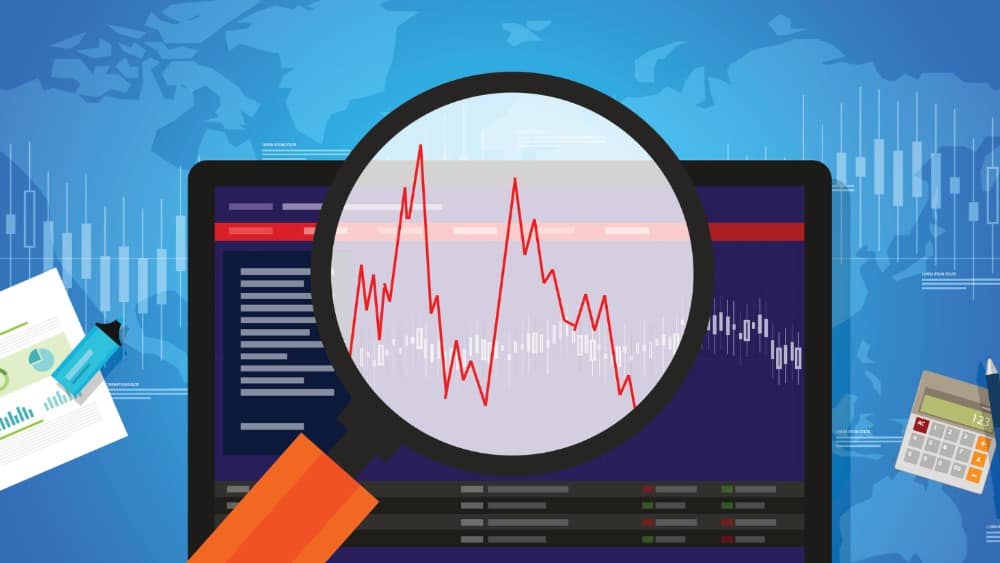For the first time in over two years, e-commerce giant Amazon.com (NASDAQ: AMZN) reported lower quarterly earnings. Its third-quarter bottom line of $4.23 per share was not only shy of the year-ago figure of $5.75, it also missed the $4.59 analysts had been expecting. Underscoring the disappointment was a slowing growth pace for the company’s cloud computing division, which also missed analysts’ revenue outlook.
Amazon didn’t exactly paint a rosy picture for the quarter now underway, either. The sales outlook is between $80 billion and $86.5 billion, up from the year-earlier figure of $72.4 billion, but not quite the $87.4 billion the pros were modeling.
It’s not difficult to figure out where the added costs are coming from. Although it’s driving considerable sales growth, Prime’s one-day shipping is costing the company a small fortune, with no end in sight. But that is only one of three details from the quarterly report worth noting.
1. “Free” one-day shipping isn’t free for the shipper
It’s not easy to pinpoint the precise additional cost of the one-day shipping promise Amazon was willing to extend to Prime members earlier in the year. In some cases, goods were already taking only one day to deliver. And at the same time, the option arguably drove additional revenue that wouldn’t have been possible.
To the extent shipping expenses are clearly identified on the company’s quarterly accounting statements, though, they were up more than sales. Total worldwide shipping costs of $9.6 billion were up 46% from the year-ago number of $6.6 billion, while the top line of just a little less than $7 billion was higher to the tune of 24%.
In the same vein, fulfillment costs of $10.2 billion grew 23% on a year-over-year basis. That’s not faster than revenue grew, but it does negate the upside of growing scale; relative costs should decline as an operation gets bigger. Meanwhile, marketing costs grew by 44% to $4.7 billion.
2. Margins on merchandise are shrinking
For years, Amazon had been criticized for making next to nothing on sales of goods via Amazon.com. The organization would argue back that there was a method to the madness: Develop a huge following first, and then better monetize it for greater profitability.
It appeared the company turned that corner in a big way in early 2018. In that year’s first quarter, $1.15 billion worth of North America’s retail sales was converted into operating income, translating into margins of 3.7% (a lot for Amazon, at the time). In the first quarter of this year, international e-commerce almost swung to a profit, only losing $90 million on $16.2 billion worth of revenue.
Now, however, profits on conventional e-commerce sales appear to be moving in the wrong direction again. Last quarter’s revenue of $42.6 billion in North America only created operating income of $1.3 billion, down from Q3 2018’s $2 billion in operating earnings on $34.3 billion worth of sales. Its international revenue is still in the red, too, by virtue of last quarter’s loss of $386 million, and didn’t make any progress last quarter, either.
Again, the scale-up doesn’t appear to be providing the fiscal upside one would normally expect.
3. Amazon Web Services is hitting a fiscal headwind
Finally, Amazon Web Services (AWS) has not only been the company’s big growth engine, it’s been its breadwinner. It still is, too, adding $2.26 billion worth of operating income to the bottom line. That’s 9% better than the year-earlier comparison of $2.07 billion. The unit’s net revenue of $9 billion was up a hefty 23% year over year.
Doing just a little math with those numbers, however, reveals that operating margins for AWS are also starting to shrink — from 31% a year ago to 25% now. It may be a sign that the cloud computing war the company is waging against rivals like Microsoft (NASDAQ: MSFT) and Alphabet‘s (NASDAQ: GOOG) (NASDAQ: GOOGL) Google is starting to take a fiscal toll.
In the same vein, the company’s supplemental information to its quarterly results added some eye-opening detail regarding the purchase and depreciation of all the hardware needed to power its cloud computing: For the first time in years, “free cash flow less principal repayment of finance leases and financing obligations” fell on a sequential basis. Simultaneously, deprecation of equipment and content jumped from $3.8 billion for the same quarter a year earlier to $5.5 billion last quarter, while purchases of property and equipment using finance leases grew 30% year over year to a record $11.8 billion. They’ll still need to be accounted for in the future, though, setting the stage for sizable noncash expenses down the road.
Don’t be overwhelmed by the accounting jargon. In simplest terms, it could be a sign that all the money spent on buying servers and data centers to support AWS is no longer providing the kind of return on investment that it used to — an idea that jibes with last quarter’s narrowing margins for AWS. This may be the proverbial tipping point.
One quarter doesn’t make a trend, but another similar quarter should call into question the true value of Amazon’s heavy spending on ensuring it’s the leader in the cloud computing market.








